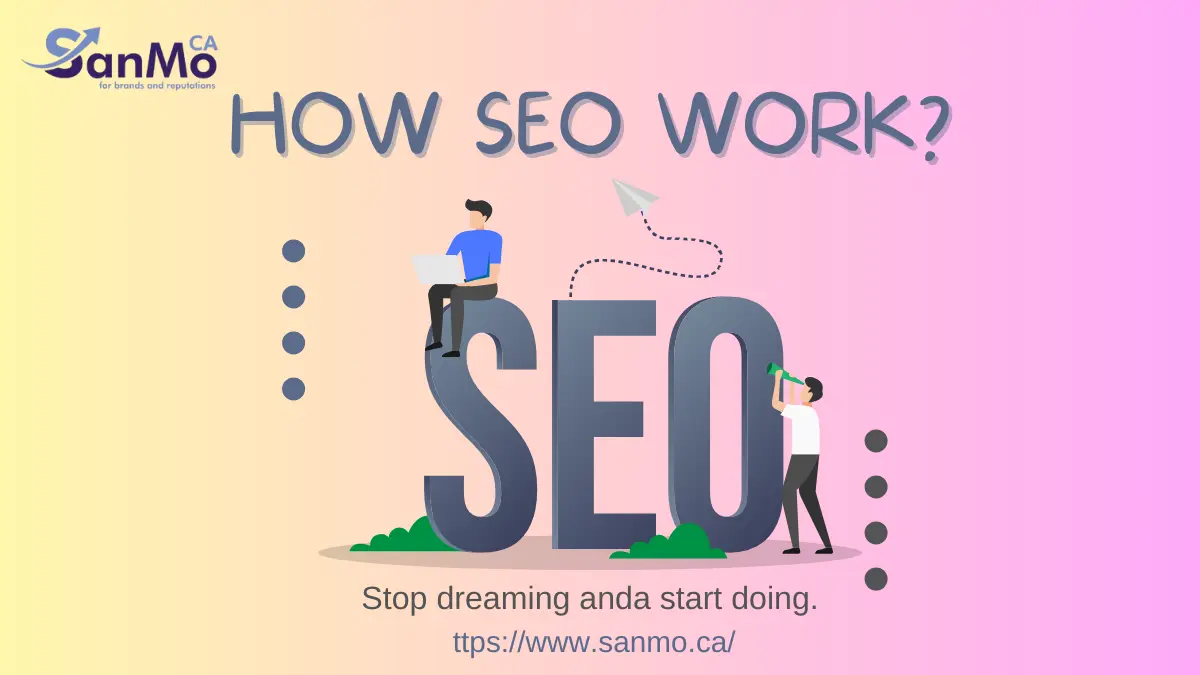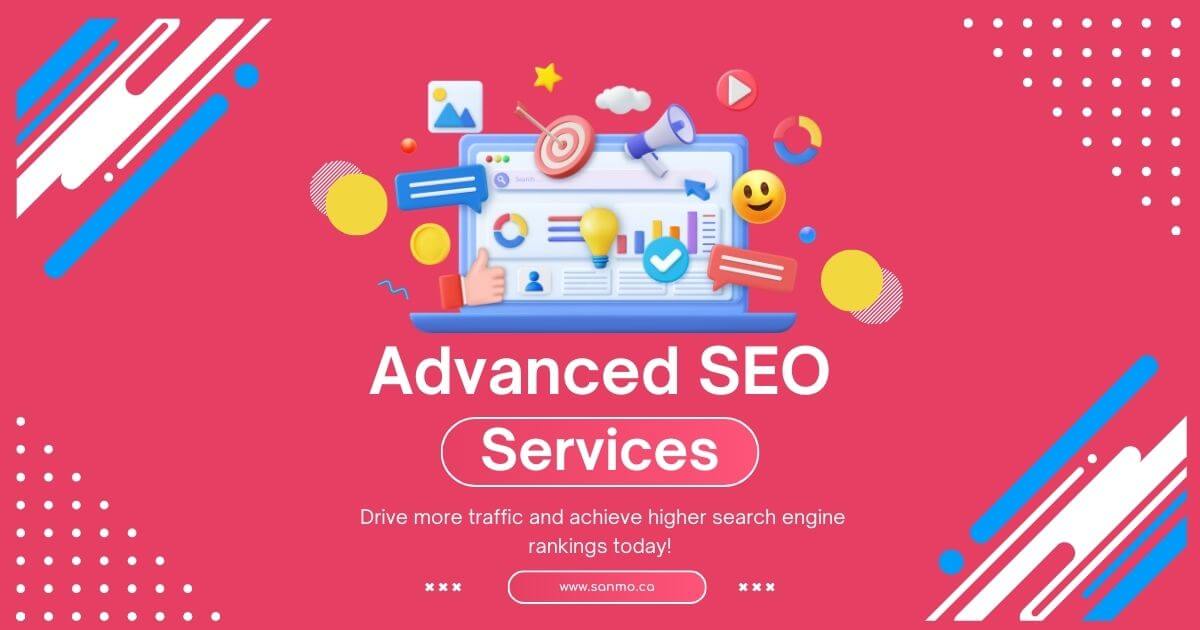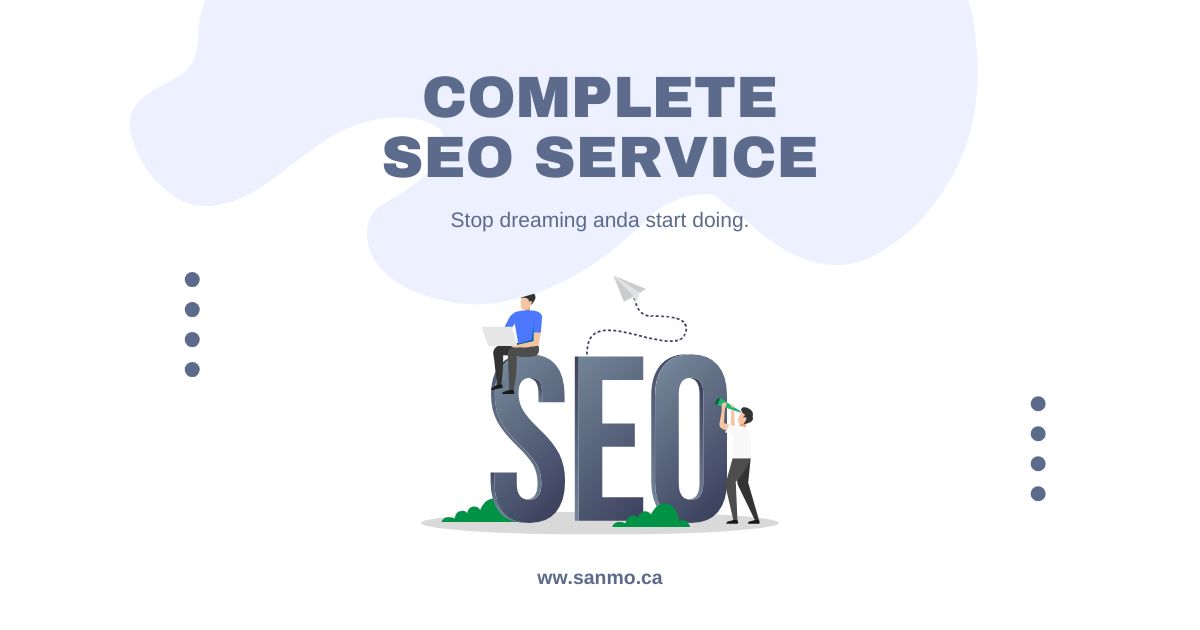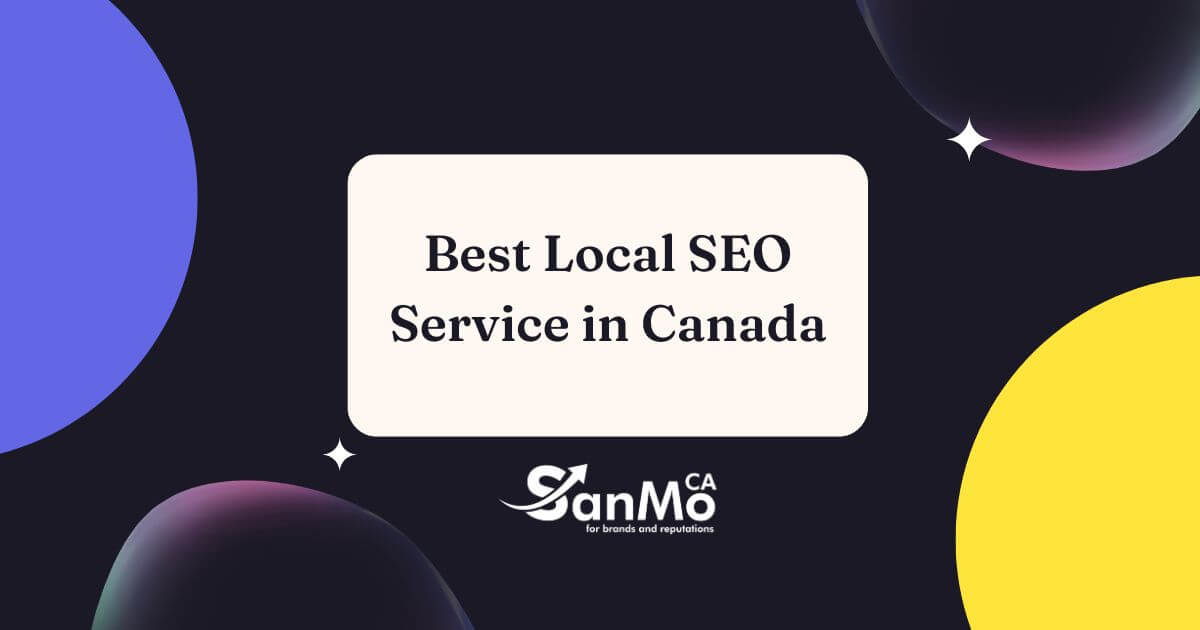A digital marketing tactic called search engine optimization, or SEO, aims to increase a website’s exposure on search engines such as Google, Bing, and Yahoo. In order to provide the best results when a user conducts an internet search, search engines evaluate and rank pertinent websites according to a number of criteria. By aligning your website and content with these criteria, SEO helps your pages rank better in search results, draw in more visitors, and draw in new clients.
Knowing the Fundamentals of SEO
On-page SEO and off-page SEO are the two primary categories of SEO.
- Optimizations done directly on your website are referred to as on-page SEO. It encompasses elements like the use of keywords, the caliber of the material, internal linking, and HTML tags (such headers and meta descriptions).
- Activities that take place outside of your website, such as social media interaction, online reputation, and backlinks from other reliable websites, are the emphasis of off-page SEO. Both kinds are necessary for SEO success and ought to complement one another to raise the visibility of your website.
Behind-the-scenes elements like site architecture, mobile friendliness, and page performance are also covered by technical SEO. These technological features facilitate effective site crawling and indexing by search engines.
The Function of Search Engines in SEO
In order to rank websites according to authority and relevancy, search engines employ sophisticated algorithms. This is a condensed explanation of the procedure:
- Crawling: Bots, also referred to as spiders or crawlers, are used by search engines to browse online pages and collect data. Crawlers find fresh and updated material by following links from one website to another.
- Indexing: Following crawling, each page’s contents are saved in a sizable database, or index. When a user looks for relevant terms, the index is effectively a library of online material that is ready to be fetched.
- Ranking: The search engine looks through its index to deliver the most pertinent results when a user enters a query. User experience, site authority, content quality, and keyword relevancy are all taken into account throughout this ranking process.
Aligning your website with these procedures to guarantee that your content shows up in pertinent search results is known as SEO.
Important SEO Elements and Their Functions
Effective SEO is influenced by several essential elements:
- Research on keywords: Keywords are terms that people look up online. Your website will show up in search results when the appropriate keywords are found and used strategically in your content. To prevent keyword stuffing, which might lower your score, it’s crucial to employ keywords organically.
- High-quality: material that responds to user searches is given priority by search engines. Informational, interesting, and often updated content is ideal. High-quality content boosts the possibility of backlinks and shares while also keeping people on your site longer.
- Backlinks: One important ranking component is backlinks, which are external connections pointing to your website from other trustworthy websites. They let search engines know that your material is reliable and worthwhile. Creating high-quality backlinks may increase the authority of your website, raise its search engine results, and increase referral traffic.
- Technical Optimization: Effective SEO depends on a website that is technically solid. Fast load speeds, mobile friendliness, and secure connections (HTTPS) are all components that improve user experience and search engine signal quality.
- User Experience (UX): Google’s algorithms take into account data that measure user engagement, such as time on site and bounce rate. UX is improved, and users are encouraged to remain longer on a site that is well-structured, easy to browse, and has clear headers and information.
Different SEO Strategy Types
Although objectives and content kinds might influence SEO tactics, two popular methods are as follows:
- White-hat: SEO is a moral approach to SEO that emphasizes producing high-quality content, enhancing user experience, and adhering to search engine regulations. White hat tactics are persistent and have long-lasting effects.
- Black Hat SEO: In order to obtain fast ranks, black hat SEO entails altering SEO techniques, frequently against search engine guidelines. Cloaking, purchasing backlinks, and keyword stuffing are some of the tactics. Black hat SEO is dangerous and can result in fines.
The Significance of SEO for Companies
Businesses may gain a lot from investing in SEO.
- Enhanced Visibility: Websites with a better position get more hits, which raises the authority and visibility of the brand.
- Increased Credibility and Trust: People are more inclined to trust your company when they notice that your website is regularly rated highly.
- Cost-effective Marketing: SEO produces organic traffic, which eventually lowers advertising expenses in contrast to paid advertising.
- Improved User Experience: A smooth user experience is the main goal of good SEO as it boosts engagement and conversions.
How to Begin Using SEO
Here are some easy steps to get you started if you’re new to SEO:
- Perform Keyword Research: You may uncover relevant keywords with low competition and a high search volume by using tools like Google Keyword Planner, Ahrefs, or SEMrush.
- Optimize On-Page Content: Make sure that your content, meta tags, headers, and URLs all contain primary and secondary keywords. Make sure your website has a clear hierarchy and a logical structure.
- Prioritize Quality material: Provide insightful, captivating material that answers the queries and wants of your audience.
- Enhance technical aspects: verify that your website uses HTTPS, loads quickly, and is mobile-friendly.
- Create High-Quality Backlinks: To increase your backlink profile, contact websites that are relevant to your sector, give guest articles, or take part in pertinent forums and blogs.
- Track and Modify: To keep tabs on performance, use tools like as Google Analytics and Google Search Console. Maintaining and raising ranks requires constant tweaks since SEO is a continuous process.
In conclusion
By enhancing their online visibility, SEO is a crucial digital marketing tactic that enables companies to connect with a wider audience. It includes a range of tactics, from backlink development and technological enhancements to keyword research and on-page optimization. SEO is a worthwhile investment for any company trying to expand online, even if it takes time and work. In the long run, it may improve exposure, credibility, and consumer interaction.








